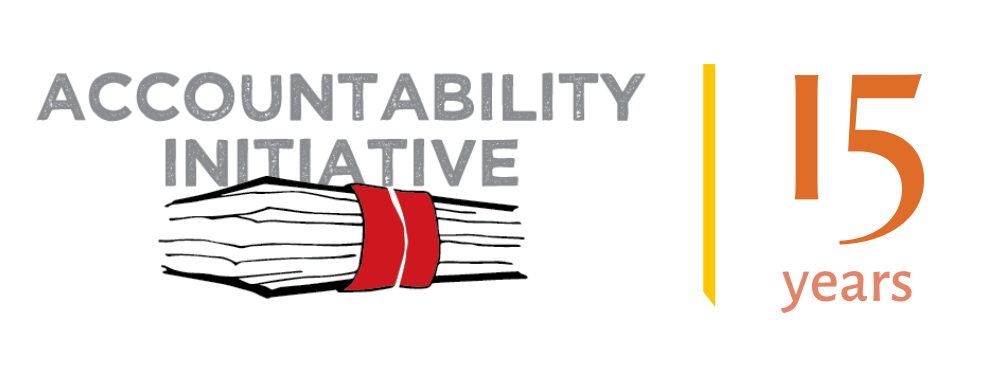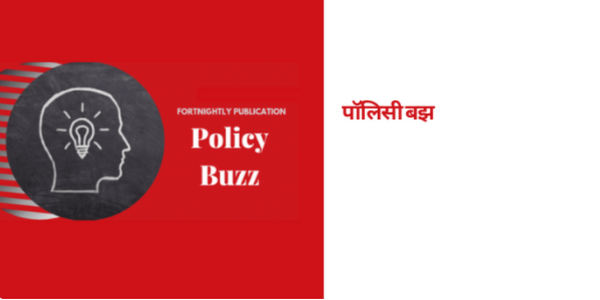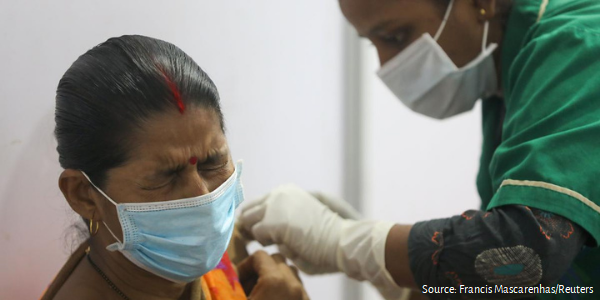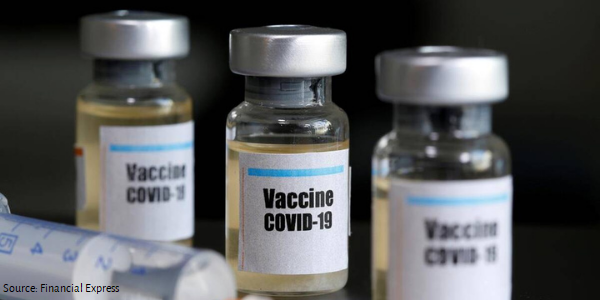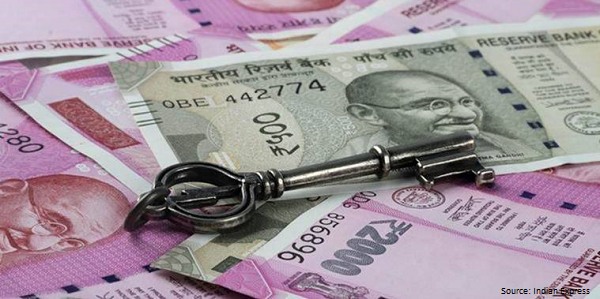This blog is part of a series unpacking the ‘PAISA for Municipalities‘ research which analysed urban local body finances in Tumakuru Smart City of Karnataka. The first part offers why the study was conducted, the backdrop to the study, and the researchers involved. It can be found here.
The oft-repeated principle that underlies financial allocations to local governments is that finance ought to follow function. In my last blog, I had stated out the findings of our research into the Karnataka Municipalities Act, 1976. I had pointed out that it was a long, complex, and disorganised piece of legislation that fragmented the functional ambit of Municipalities into hundreds of provisions, some of which were better placed in rules rather than in the main Act.
Having said that, the next step during our research was to explore the fiscal transfer landscape in Karnataka. This comprised two parts. The first was to understand the myriad ways in which money was allocated for expenditure in urban areas. The second was to understand the extent to which money was actually transferred in contrast to the allocation, to whom it was transferred, and where and how it was spent.
Before one describes the pattern of allocation of funds for urban expenditure, it is useful to study the contours of the fiscal transfer system to rural local governments in Karnataka. In 1987, Karnataka embarked upon reforms in rural decentralisation, which were considered pathbreaking at that time. After passing a new Panchayat Raj Act, which devolved functions on a two-level system comprising Zilla Parishad at the district level and Mandal Panchayats at the grassroots level, appropriate changes were made in the budgetary system.
In a move considered revolutionary at that time, all departments that had transferred functions to the Panchayats were asked to carve out those budgetary allocations pertaining to the transferred functions and allocate them separately. These allocations were clubbed together by the Finance Department, which consolidated them in a separate annexure to the State budget, termed the ‘Link Book’.
The Link Book delineated in great detail the allocation made to each district with respect to the schemes that pertained to the transferred functions. Over the years, the Link Book has stood the test of time. While one may quibble about the fact that the state has withdrawn several schematic fiscal transfers away from the Link Book, even though the functions to which they pertain stand devolved to the Panchayats, it continues to provide an a priori reference for the districts to know how much money is likely to come their way in any given budget year.
Unfortunately, the practice of having a Link Book to list out the fiscal streams that pertain to devolved subjects, was not put in place for urban local governments, for a long time. When it was put in place a few years back, it wasn’t satisfactory because it only listed the budgeted fund flows to Municipal Corporations and Municipalities. Based on the allocations made in the link document, fiscal decentralisation to urban local governments is around 4.44 per cent of the state budget with plan devolution being 3.00 per cent in FY 2015-16.
However, that does not give a complete picture of the total allocations that are made from multiple streams, towards all relevant local services undertaken by various government agencies within municipal jurisdictions.
The reason why such confusion persists is because some of the core functions mandated under the 12th Schedule are undertaken by parastatals. For example in the Tumakuru city area, the Tumakuru Urban Development Authority and Slum Development Board work independently. None of these institutions come under the umbrella of governance control and supervision of the Tumakuru Municipal Corporation.
Furthermore, line department allocations in urban areas are another cup of tea altogether. Because of incomplete fiscal devolution, allocations that go to them are not identified and placed in the urban Link Book, not to say anything about not allocating them to the urban local governments.
The Link Book delineated in great detail the allocation made to each district with respect to the schemes that pertained to the transferred functions.
Paradoxically, we also found that some of the budget allocations destined for expenditure within the jurisdiction of the Tumakuru Municipal Corporation were still contained in the Tumakuru Zilla (ZP) and Taluk Panchayat (TP) budgets.
This also created a political conundrum, because the ZP and TP has the political mandate for the delivery of public services relating to devolved subjects in rural areas, and yet, they were entrusted with the responsibility of delivering public services within the jurisdiction of the urban local government.
An urban citizen could not hold the ZP accountable for service delivery failures because there are no elected representatives from urban areas in the ZP! Furthermore, this cross-jurisdictional service delivery pattern also dilutes accountability to the rural citizen as well, because seen from their perspective, the fiscal devolution to the ZPs and TPs is diluted as they spend money on urban services.
To cap the dismal state of affairs in how urban fiscal devolution is structured, we also found that the line departments also spent money directly for the provision of public services to people in Tumakuru city, without specifically allocating such funds in an accounting sense to Tumakuru city. These allocations were not published separately and thus, were not transparent.
What does this mean, when it comes to tracking public expenditure in Municipal areas? More of that in my next blog.
T.R. Raghunandan is an Advisor at Accountability Initiative.
Also Listen To: Following the Money in Tumakuru Smart City
